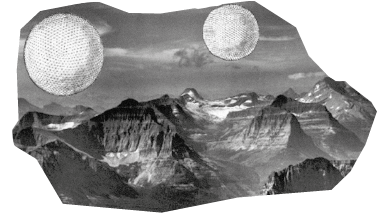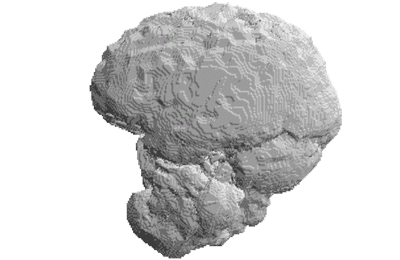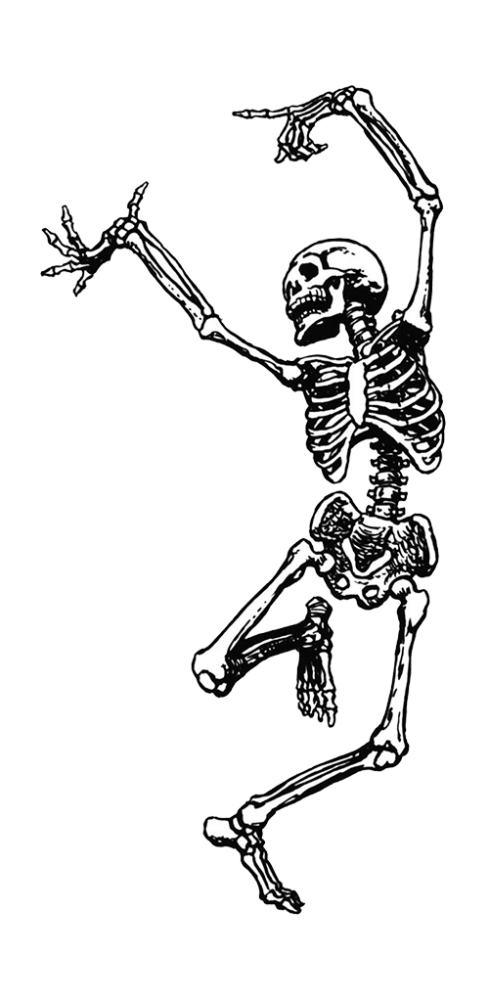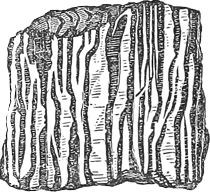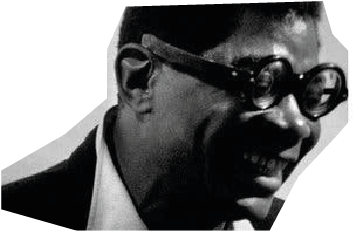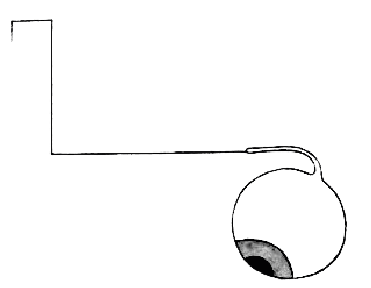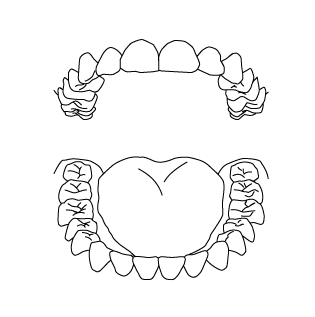Working Together - with The Moving Image and the Laughing Body.

Working Together - with The Moving Image and the Laughing Body
25 October, 2020
at Working Together, Online Artistic Research Symposium, Swedish Research Council, the Faculty of Fine, Applied and Performing Arts at the University of Gothenburg and Chalmers University of Technology
Format: Actualisation, 30 min + 15 min
Participants: Annika Larsson, Isabel Gatzke, E.I. The Blob, and Participants of the Symposium
Existence is not an individual affair.
/Karen Barad
What are the challenges for acting, being and thinking across human-non-human boundaries? How could the Laughing Body and the Moving Image, as non-human and non-conscious agencies, challenge our notion of human agency and lead us to other places of power where meaning and matter are intra-twined? What new forms of collaboration emerge when we re-situate ourselves as spontaneously responsive, moving, embodied living beings? Who is making whom, in a reality of continuously intermingling? What new worlds and futures could open up if we accept the possibility of notknowing? When interacting with digital machines and systems, how could we challenge protocols of inherited closeness and predictability?
In this research we are interested in shifting our attention away from The Moving Image and The Body as forms of representation, to them as materials of psychic intensities and fields of individuation. We neither see the Moving Image or the Laughing Body as tools or property that we as subjects can control and own, nor do we look at images and bodies as separate entities with closed borders that we are studying from outside. Instead we are interested in a research entangled with them where we could learn from and with them, and from where new temporary borders and beings could emerge. In our search for ways of doing this E.I. The Blob came into being. E.I could stand for Earthificial Intelligence, or simply a mispronunciation or confusion of the acronyms A.I. or E.T.
E.I The Blob is a noise making intra-active “image-organism” sensitive to sound and touch. It is an open-end project done in collaboration with the programmer Stefan Kernjak and Kiona Niehaus among others, and created to explore new ways of thinking, being and acting with the Moving Image. E.I The Blob has come to play a central role in this research project by bringing in a nonhuman perspective to the research. As a (non-human) player-character-ghost it has allowed us to rethink our relation to the Moving Image, as well as opened up new ways to experiment with time, movement and toward the Moving Image as an intra-active* vibrant body. It has also opened up ways to rethink laughter beyond the human laughter, towards it as a liveliness of matter. With it we want to open up the digital towards more unknown protocols that allow for and spontaneous movement and change, as well as explore human to non-human social relations, where situated forms of response-ability exists, and where the inorganic and the organic systems are intertwined in a continual state of affecting and changing each other. Through the engagement with E.I. The Blob we are confronted with a form of intra-action that involves nonknowledge and a non-understanding, not only on a level of sense making centred around linguistic exchange but on a profound level of how can we structure a becoming together that is not based on verbal communication and agreement.
In her essay »Telling is Listening« the sci-fi author Ursula K. Le Guin writes about how communication is often seen as a one-way-transportation of meaning from A to B and how this image manifests a dichotomy in telling as active and listening as passive. To oppose this normative and limiting idea she advocates for another image of communication: two amoebas having sex. Amoebas usually reproduce by dividing themselves. But sometimes “two of them get together, literally, and reach out to each other and meld their pseudopodia into a little tube or channel connecting them.” Thus: when two amoebas exchange genetic “information”, “they literally give each other inner bits of their bodies”. When we follow Le Guin in her thoughts this tunnel is communication. In every form of communication we leave traces of us in the other, no matter if we are telling or listening because both forms of participating in an exchange are vital to the process of communication. This idea reveals a closeness to what the theoretical physicist and feminist theorist Karen Barad is describing when she talks about the entanglement of matter and meaning. There are no fixed boundaries around us, nor around other bodies or Moving Images, but rather a constant flow of particles behaving as waves and waves as particles, in a continual state of infecting and reconfiguring each other. I would like to think of the Laughing Body and the Moving Image as partakers in this “lively dance of mattering”, and for our proposed discussion I would like to invite these forces to disturb our reduced ways of reading the world and to ask how they could participate in the reconfiguring of the material-social relations of the world.
/Annika Larsson and Isabel Gatzke
-here we are using Karen Barad’s notion of the intra-action, “as a contrast to the usual “interaction", which assumes that there are separate individual agencies that precede their interaction. The notion of intra-action recognizes that distinct agencies do not precede, but rather emerge through, their intra-action” Barad, K. (2007) Meeting the universe halfway: Quantum physics and the entanglement of matter and meaning. Durham, NC: Duke University Press. pg. 10
References:
Le Guin, U. K, (2004) Telling is Listening from The Wave in the Mind: Talks and Essays on the Writer, the Reader, and the Imagination, Shambhala Publications,Boston, United States
Barad, K. (2007) Meeting the universe halfway: Quantum physics and the entanglement of matter and meaning. Durham, NC: Duke University Press.






